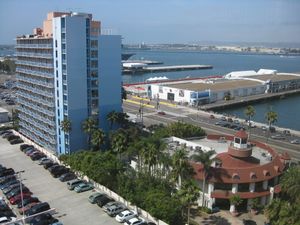If you’re trying to get a message out, or provide a service, analytics are great. They tell you what’s working and what’s not, so you can focus on what does work. Unfortunately, when it comes to email, a lot of organizations use a third-party click-tracking service, which registers which mailing the user clicked on, then redirects them to the real website.
Why do I say unfortunately?
Because it’s what phishing does: Sets up a link that looks like it goes one place, but sends you somewhere else instead. In the case of a legitimate email with a click tracker, you end up at the real site eventually. In the case of a phishing message, you end up at a fake login page that wants to capture your username & password, or a site with drive-by malware downloads. Using this technique in legit mail trains people to ignore warning signs, making them more vulnerable to the bad guys. And it makes it harder for security software to detect phishing automatically.
Now add another reason: You don’t control that click-tracking service, so it had better be reliable.
That’s what happened with Comic-Con registration today.
Getting tickets to San Diego Comic-Con used to be a breeze, but last year the system broke down repeatedly. It took them three tries, with multiple handlers, to open a registration system that didn’t melt in the first few minutes.
A few days ago, Comic-Con International sent out a message with the date and time registration would open, and a link to where the page would be when it went live. They went to a lot of trouble to make sure their servers could handle the load, as did the company handling registration. They built a “waiting room” to make sure that people trying to buy tickets would get feedback, and get into a queue, when they arrived, but could still be filtered into the registration system slowly enough not to overwhelm it.
The weak link: The click tracker.



